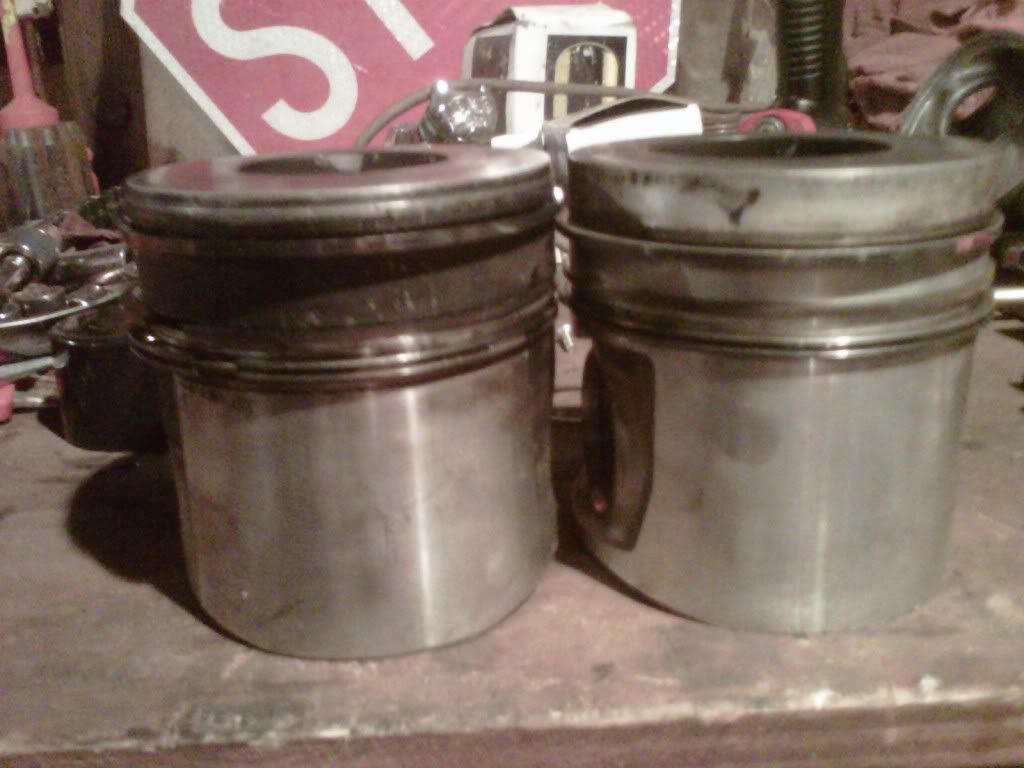Thanks Fingers.
And gettting back to the SAE paper - in terms of a competition situation, i.e., 10-15 second bursts -
Does anyone think, in a motor spinning 4500 rpm +, that a very good / thick piston crown ceramic coating could actually hurt HP by increasing charge density in the very little time it has to fill the cylinder (180 degrees crank rotation +/-)?
My gut tells says "doubtful" in this situation, but I'd change my mind if someone had some math / data that was contrary. Keeping the piston crown cooler would seem to be a very small aspect compared to everything else the intake charge sees. (cylinder walls, valve, intake runner, head deck, etc.
Essentially the coating is put there to keep the piston structure cooler and therefore stronger, but its effects on the intake charge is something that I didn't think too much about. If the thermal barrier was really getting close to ideal, the skin temp would be sky high.







